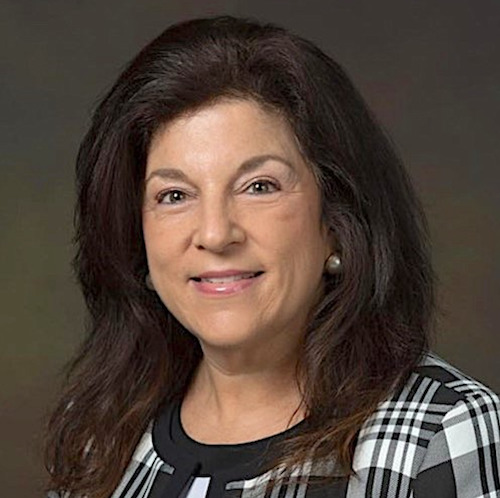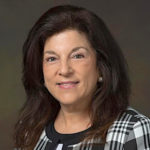
One of the key attractions of assisted living always has been its social model, which allows people who aren’t able to live on their own maintain some independence and sense of community.
Still, social isolation and loneliness always are a concern for residents. Even before pandemic lockdowns, a study from the National Academies called social isolation a serious but underrated public health risk for older adults, one that presents a major risk for premature mortality that is comparable to factors such as high blood pressure, smoking or obesity.
A separate study, also conducted pre-COVID-19 by researchers at the University of Chicago and the University of California, linked loneliness in older adults to depression, pain, fatigue, poorer general health, increased likelihood of nursing home admission, cognitive decline, dementia, increased inflammation and increased mortality.
The pandemic brought to light mental health issues in a way that nothing else ever has. It raised awareness among staff members, families and residents themselves about the symptoms and importance of dealing with anxiety and depression. And it spurred innovative, and often simple, responses that have great potential to drive long-term improvements.
The challenge now is to keep building on that momentum.
The first step, of course, is recognizing the symptoms. Are residents less likely to leave their rooms? Are they less willing to join group activities? Are they fearful? Are they disengaged? Are they missing meals? Have they recently lost a close friend?
And although the access to mental health resources varies widely across assisted living communities, even small steps can produce big results.
Make it a point to talk with family members, who may pick up on behavioral changes more easily during visits than staffers who have daily interaction with residents. Train staff members who interact with residents daily to help identify warning signs. Even just encouraging a resident who is anxious to take a short walk or sit in the lobby for an hour can go a long way toward rebuilding confidence.
Perhaps the biggest game-changer is technology. During the pandemic, Optum provided computer tablets to residents in communities that didn’t have the means to help set up those communication channels.
Such programs, and society’s widespread use of virtual platforms as a social lifeline during the pandemic, went a long way toward bridging the digital divide for older adults. To be sure, many already had smartphones, computers and tablets, but most used them more for simple tasks such as emailing and playing games.
Now, increasingly tech-savvy older adults are tapping into virtual options for attending everything from their grandchildren’s recitals to religious services. And that’s really a nice outcome, particularly for residents who are physically disabled or don’t have transportation.
Other steps assisted living communities can take to raise awareness of and improve behavioral health: engage with the community and get volunteers to come in and talk about mental health issues, encourage more programs such as pet therapy, and provide more technology and training for residents to help them plug into meaningful social media and other online tools. Anything that keeps them more connected to the outside world can go a long way to keeping senior living residents happy, healthy and able to stay in their communities longer.
Despite the progress, hurdles remain, not the least of which are the stigmas associated with mental health issues. Because the population served by senior living is an older one, many are hesitant to ask for help or admit that they are seeing a counselor or taking medicine for needs such as anxiety and depression.
That’s why it is so important to remain vigilant and recognize that even when the pandemic fades, loneliness and social isolation always will be serious health risks for older adults, no matter how well-adapted residents may seem.
Cathy Lipton, MD, is the national medical director for senior community care at Optum.
The Optum care model and UnitedHealthcare Assisted Living Plan brings specialized health plan benefits, clinical support and expertise to residents in assisted living communities. The model is led by an advanced practice clinician who works one-on-one with residents to coordinate and support their physical and behavioral health care needs. Learn how this patient-centric model can benefit both you and your residents. For more information: http://optum.com/alc.
The opinions expressed in each McKnight’s Senior Living marketplace column are those of the author and are not necessarily those of McKnight’s Senior Living.
Have a column idea? See our submission guidelines here.




